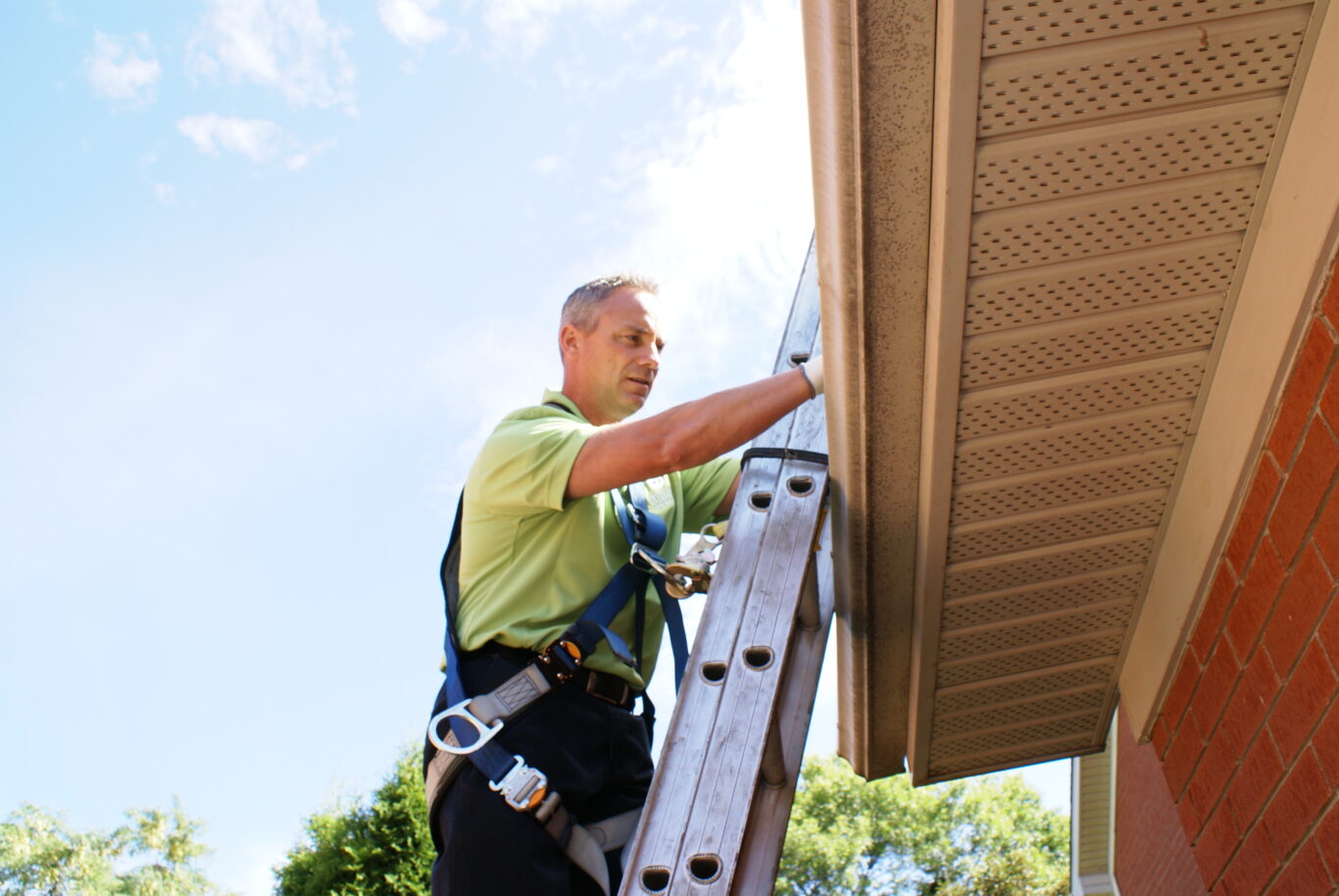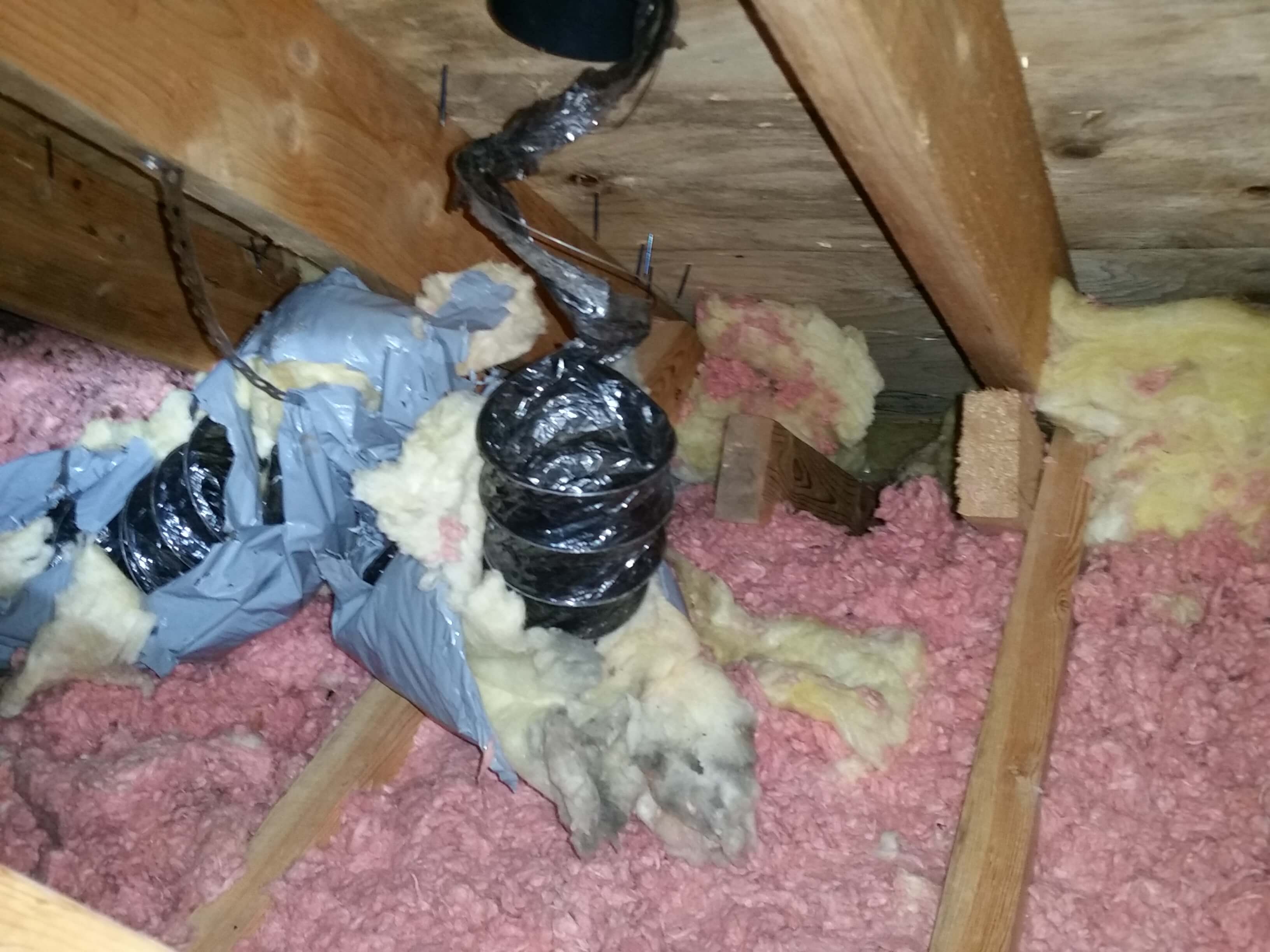There are many good reasons to DIY some projects around your home. Two of the most common ones are that it’s probably cheaper and it feels rewarding to accomplish something by yourself. However, when it comes to animal removal, it’s a job that must not be underestimated. In order for it to be done safely and thoroughly, it takes experience and training. In other words, it is best left to a professional.

A thorough inspection to diagnose the species, entry points and damage is critical to success
Why Shouldn’t I Tackle Wildlife Animal Removal On My Own?
Because there are a number of dangers that lurk from taking the DIY approach to such activities, some of which are as follows:
- Being attacked by animals;
- Locking animals in your house or out from their young;
- Allowing for re-entry by improperly repairing identified points of entry;
- Falling from a roof or ladder;
- Damaging your roof or attic;
- Harming the development or population of a species;
- Leaving behind airborne parasites and bacteria by not properly sanitizing;
- Spreading diseases such as hantavirus, salmonella, and histoplasmosis.
Removing Wildlife By Yourself Could Have Serious Consequences
There are countless DIY solutions for various pest infestations available online. Many of them seem simple enough to use. However, numerous problems can arise when one neglects to take into consideration the construction of a home or the biology of the animals they’re having problems with.
You could also prolong the infestation longer than necessary or even cause further damage to your home. In some cases when removing wildlife from homes, homeowners will unintentionally orphan babies if they trap and relocate the mother. Another common mistake is blocking the entry point after the mother leaves house only to discover there is still a litter of babies inside the house. Mother raccoons and squirrels can do plenty of damage to a roof or home if locked away from their young.

Raccoon damage to a bathroom fan vent running through an attic
Poisoning animals is just plain cruel and can have unintended consequences if the animal dies in an inaccessible part of the home. Similarly, trapping alone doesn’t work either because it just opens the space for other animals in the neighbourhood to take up residence. In other words, wildlife control isn’t always simple and finding a long-term solution requires skill and experience.
Wildlife Animal Removal Is Best Done By Professionals Like Skedaddle
Skedaddle Humane Wildlife Control has been around for more than 25 years and has a team of professionals with years of experience and practice. Boasting industry-leading exclusion and removal techniques, Skedaddle’s proven three-step process guarantees that your family and home are completely protected. The process involves the following steps:
- Assess & Remove;
- Clear & Clean;
- Prevent & Protect.
In the first step, a detailed assessment is performed to determine various crucial factors. Some of these include the species involved, entry points, possible re-entry points in the future, contamination levels and building damage. Then a course of action is planned and customized for each particular situation.
In the second step, the animals are removed and the cleanup process takes place. Since the highest concentration of potentially harmful feces and urine is typically found in attics, Skedaddle offers complete attic restoration services. No job is too big or small for Skedaddle Humane Wildlife Control when removing wildlife animals. That’s why common activities include disinfecting the space and completely re-insulating it using cellulose insulation.
The final step involves properly securing current and potential future points of re-entry in order to prevent future infestation. Skedaddle offers a lifetime guarantee against re-entry on all of the serviced areas and uses only the highest quality physical barriers. At the end of the day, thousands of happy customers serve as a reminder to Skedaddle’s commitment and mission of helping people live pest-free lives.


